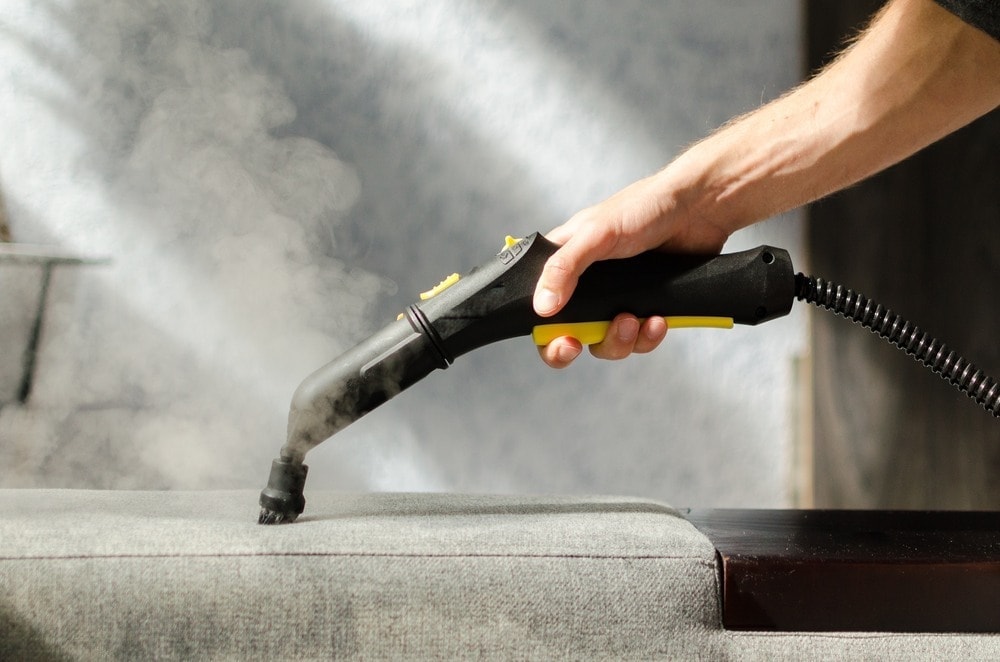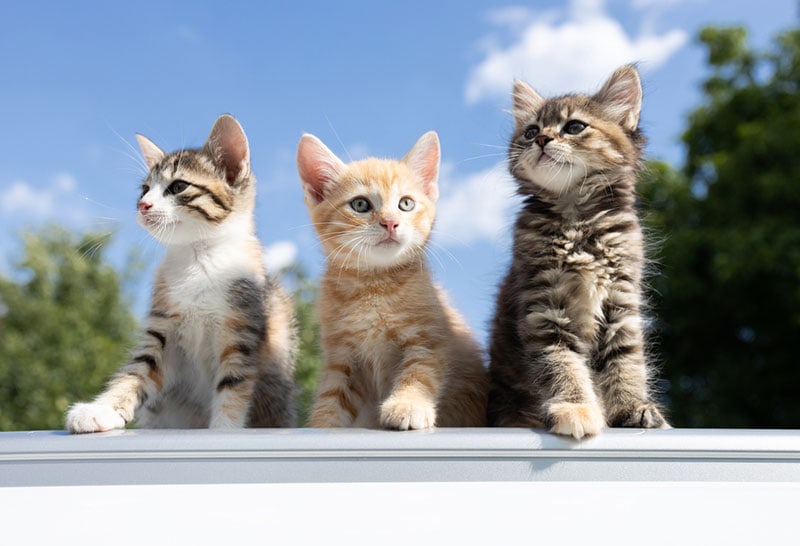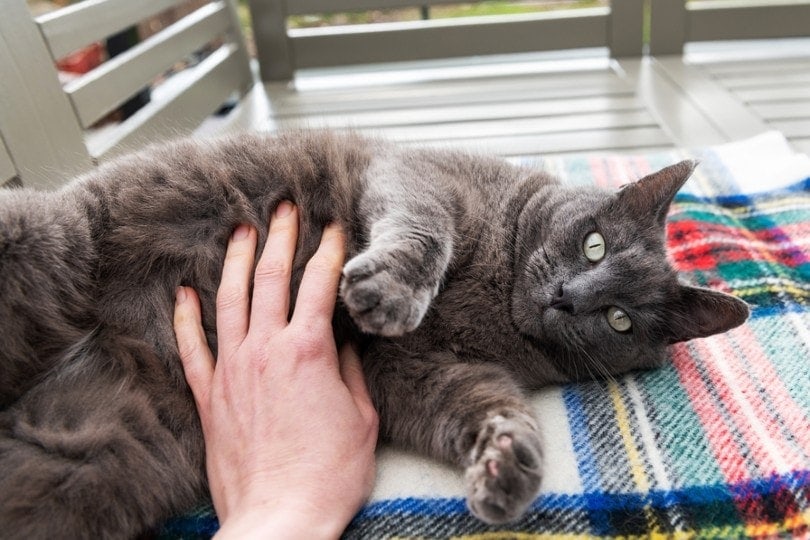My Cat Ate Aluminum Foil, Should I Be Worried? Vet-Approved Risks & Tips
Updated on

Aluminum foil is a common household commodity and comes in handy whether you’re trying to wrap up leftovers or want to barbecue something on your outdoor grill. While aluminum foil is convenient for us humans, it can be dangerous to cats. They don’t have any use for aluminum, so you might think that they would not have any interest in it. However, some cats are curious about it and might even eat it. If your cat has eaten aluminum foil, you’re likely wondering what you should do, if anything at all. You’ve come to the right place — here is what you should know.
Is Eating Foil Dangerous to Cats?
Unfortunately, the answer to this question is not straightforward. Aluminum foil can be dangerous but it isn’t always. There is no reason to take your cat to the emergency room just because they ate a tiny piece of foil. In fact, if your cat eats a small piece of aluminum foil that isn’t crumpled, chances are that they will simply pass the foil with their stool. Make sure plenty of water is available for them to drink to help flush out the foil.
But if your cat eats a large piece or a crumpled wad of aluminum foil, there is a chance that it could cause an obstruction in their gastrointestinal tract. If this happens, it could cause serious problems and even become deadly. That said, it’s possible for a cat to pass large pieces and wads of aluminum; it just might take longer for the process to happen, and you might not want to risk waiting.
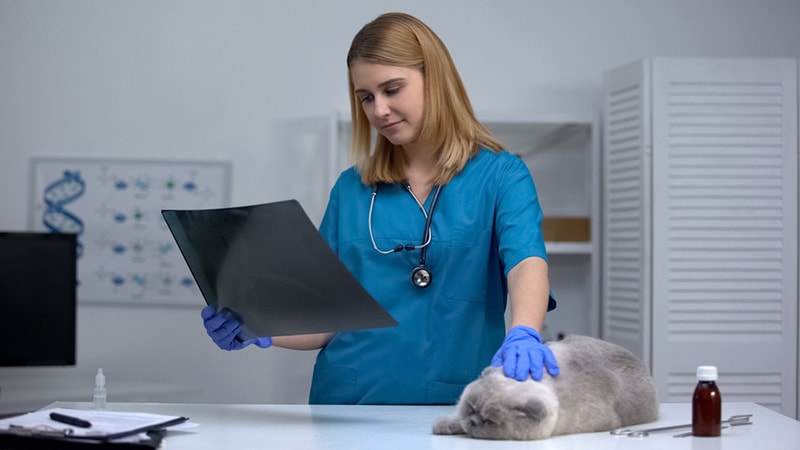
What to Do If Your Cat Eats Foil
If you see or suspect that your cat ate a large or wadded piece of aluminum, give your veterinarian a call to get guidance. Otherwise, keep an eye on them for signs of distress, illness, vomiting, and constipation for about 3 days afterward. If any of these signs develop, head to the vet for a checkup as soon as possible. It’s a good idea to look for signs of problems even if your cat eats a small piece of aluminum foil, just in case. It’s also okay to call your veterinarian even if you don’t notice any signs of distress, for extra peace of mind.
Why Do Cats Eat Aluminum Foil, Anyway?
Cats actually don’t like aluminum foil. They tend to dislike the sound of it crumpling, so you might notice that your cat stays away while you’re working with it in the kitchen. However, when aluminum foil is used to wrap food or a piece of used foil that food has been in is sitting on the counter, it is likely to become attractive. Cats aren’t after the aluminum for the foil itself, they are after the food remnants on it.
Another reason a cat might eat aluminum foil is that it’s shiny and intriguing, like a toy. When a box or other item is wrapped in aluminum, it looks fun to play with. If your kitty starts playing with the shiny foil, they could rip it and chew on it and may accidentally eat some of it in the process. The bottom line is that the typical cat wouldn’t eat aluminum foil on purpose. It must become attractive to them in some way before they’d even interact with it.
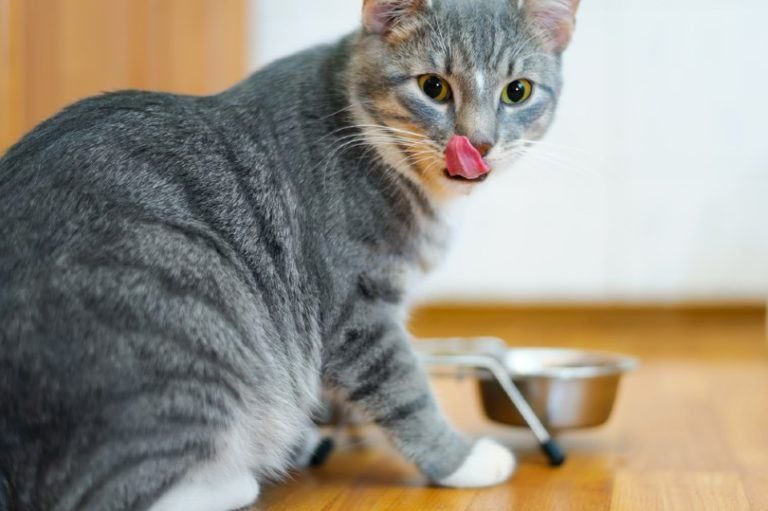
How to Keep Your Cat From Eating Aluminum Foil
Since most cats aren’t interested in foil unless it looks like a toy or has had food in it, keeping them from eating it shouldn’t be tough. Store your foil in a drawer or cupboard when it is not in use. This will help ensure that your cat won’t come into contact with it. Also, don’t leave any food wrapped in foil on your counter, even if you are defrosting something for dinner. Instead, store it in your fridge, cold oven, or microwave until you’re ready to use it.
Be sure to crumple any used aluminum foil that you are going to throw away into a tight ball before discarding it. This will help keep any food scraps left on the foil from enticing your kitty and minimize the chance that they will try to retrieve the foil out of the garbage. Look for small pieces of foil to clean up off the floor and countertops after you finish making a meal so your cat doesn’t find them.
Conclusion
Aluminum foil is not something that cats typically gravitate to, but since it is commonly used to cover food, it can become attractive. It’s best to keep all aluminum foil away from your cat to ensure their safety. If your cat does eat a small piece of tinfoil, it isn’t usually a problem, as the foil will probably just pass right through them. However, you now know what to do if your cat does eat a big piece of foil or they seem to get ill after eating any amount.
See Also:
- My Dog Ate Aluminum Foil! Here’s What to Do (Vet Answer)
- My Cat Ate String but Is Acting Normal, What Should I Do?
Featured Image Credit: Jumpstory


